linux 下结合freetype 显示汉字
还是和之前的一篇文章结合使用,这里对freetype的深入,上位机或客户端跟解码盒子通信使用utf8的编码格式,
相关使用案例如下
std::string str = "\xE6\x98\x9F\xE6\x9C\x9F\xE5\x87\xA0";//星期几
printf("11111111111111 %s ,length:%d\n", str.c_str(),str.size());
wchar_t chiStr[20];
UTF2Unicode(chiStr, 3, (char*)str.c_str());
printf(" **************************display chinese : %s \**********************************n",chiStr);
......
FT_Load_Glyph(pFTFace, FT_Get_Char_Index(pFTFace, chiStr[i]), FT_LOAD_DEFAULT);
utf装Unicode的代码如下
int UTF2Unicode(wchar_t *wstr, int size, char *utf8)
{
int size_s = strlen(utf8);
int size_d = size;
wchar_t *des =wstr;
char *src = utf8;
memset(des, 0, size * sizeof(wchar_t));
int s = 0, d = 0;
// bool toomuchbyte = true; //set true to skip error prefix.
while (s < size_s && d < size_d)
{
unsigned char c = src[s];
if ((c & 0x80) == 0)
{
des[d++] += src[s++];
}
else if((c & 0xE0) == 0xC0) ///< 110x-xxxx 10xx-xxxx
{
wchar_t &wideChar = des[d++];
wideChar = (src[s + 0] & 0x3F) << 6;
wideChar |= (src[s + 1] & 0x3F);
s += 2;
}
else if((c & 0xF0) == 0xE0) ///< 1110-xxxx 10xx-xxxx 10xx-xxxx
{
wchar_t &wideChar = des[d++];
wideChar = (src[s + 0] & 0x1F) << 12;
wideChar |= (src[s + 1] & 0x3F) << 6;
wideChar |= (src[s + 2] & 0x3F);
s += 3;
}
else if((c & 0xF8) == 0xF0) ///< 1111-0xxx 10xx-xxxx 10xx-xxxx 10xx-xxxx
{
wchar_t &wideChar = des[d++];
wideChar = (src[s + 0] & 0x0F) << 18;
wideChar = (src[s + 1] & 0x3F) << 12;
wideChar |= (src[s + 2] & 0x3F) << 6;
wideChar |= (src[s + 3] & 0x3F);
s += 4;
}
else
{
wchar_t &wideChar = des[d++]; ///< 1111-10xx 10xx-xxxx 10xx-xxxx 10xx-xxxx 10xx-xxxx
wideChar = (src[s + 0] & 0x07) << 24;
wideChar = (src[s + 1] & 0x3F) << 18;
wideChar = (src[s + 2] & 0x3F) << 12;
wideChar |= (src[s + 3] & 0x3F) << 6;
wideChar |= (src[s + 4] & 0x3F);
s += 5;
}
}
return d;
}



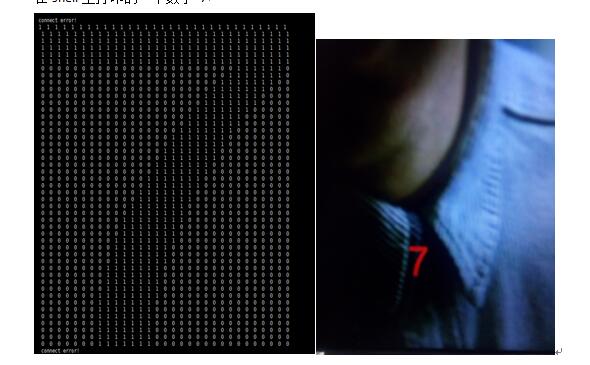
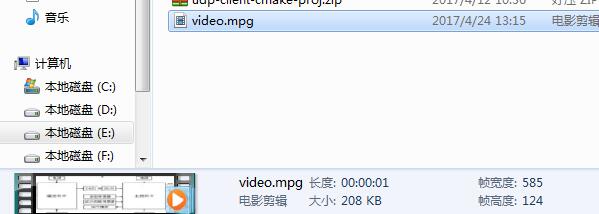
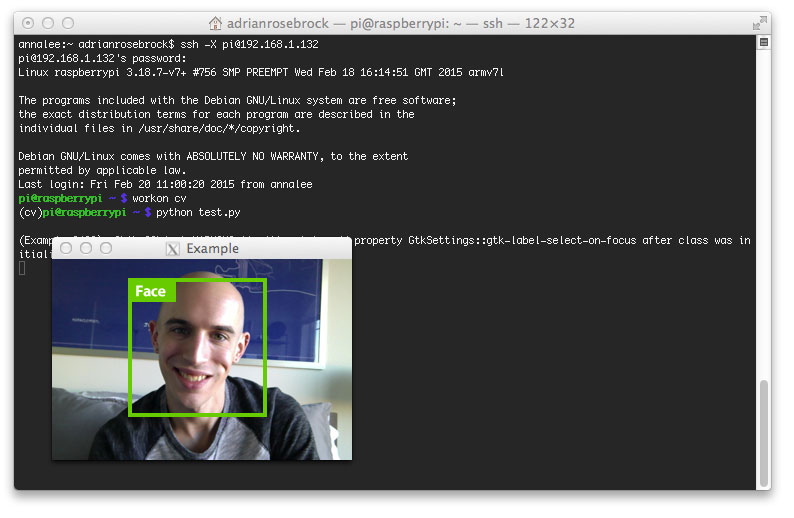
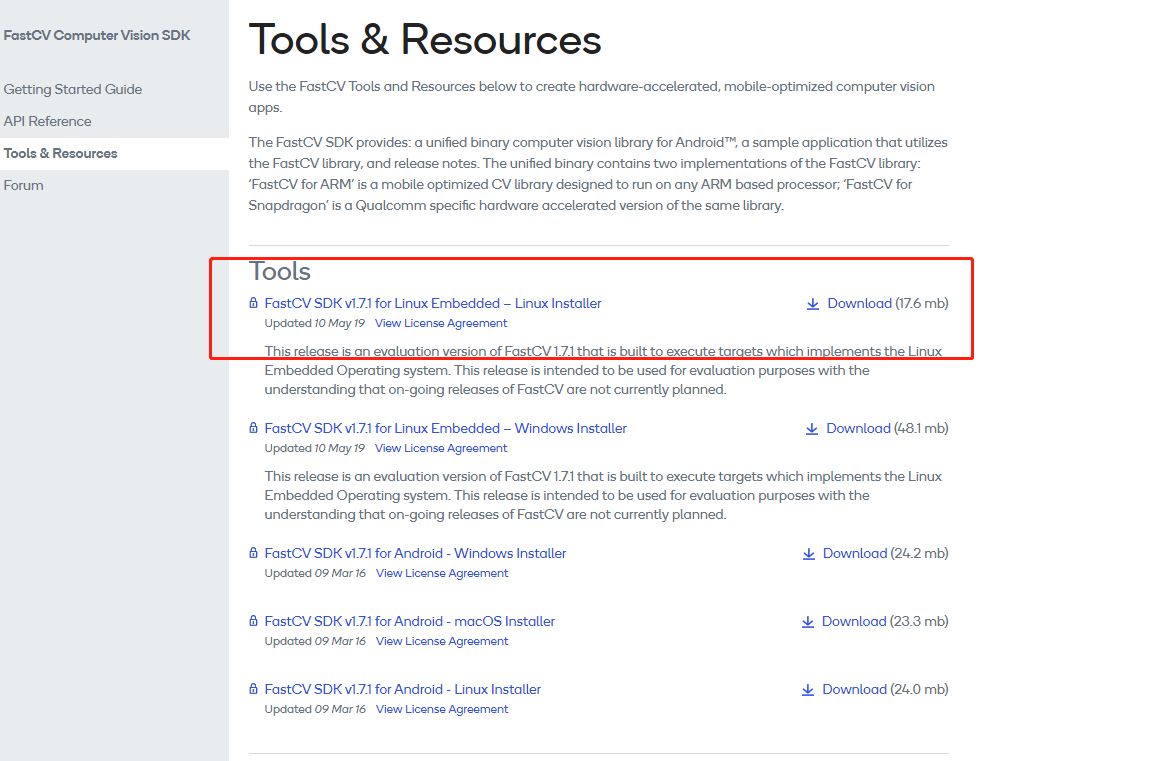
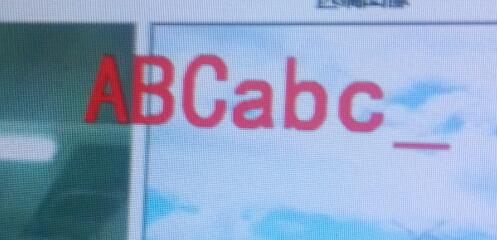

最新评论